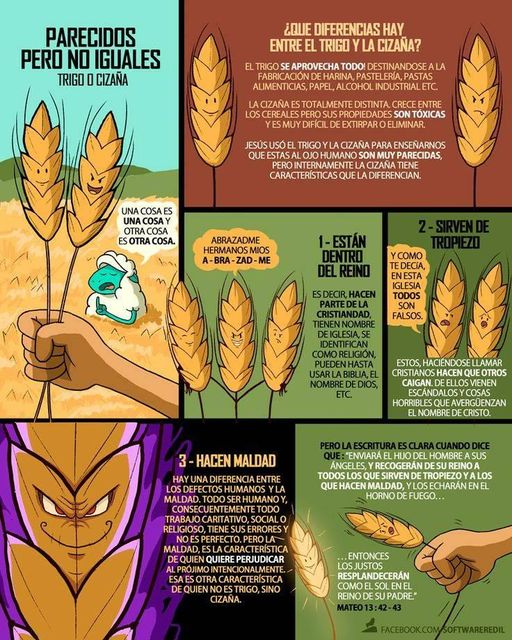Does the Bible teach that the earth is flat?

GotQuestions
Bible questions answered
https://www.gotquestions.org/
All rights reserved-Published with permission
Many a skeptic claims that the Bible depicts a flat earth. Scriptural references such as Revelation 7:1 are cited, which speaks of “four angels standing at the four corners of the earth.” Critics also point to Psalm 75:3, which says God holds “the pillars” of the earth firm. Other passages they claim teach a flat earth are Deuteronomy 13:7; Job 28:24; Psalm 48:10; and Proverbs 30:4; all of which reference the “ends” of the earth. Are the critics correct? Is the Bible “anti-science” in its teaching that the earth is flat?
The truth is, the Bible does not comment on the shape of Planet Earth. It does not say that the earth is flat, and it does not say that it is spherical. Let’s take a closer look at some of the commonly cited passages that supposedly depict a flat earth:
Revelation 7:1 says, “I saw four angels standing at the four corners of the earth, holding back the four winds of the earth.” In writing this, the apostle John was using idiomatic language—the “four corners of the earth” refer to “every distant location.” We use the same idiom today; for example, when we speak of Olympic athletes coming from the four corners of the earth to compete in the games, we mean they are coming from all over the world.
The book of Revelation is full of non-literal descriptions and symbolic language. To press Revelation 7:1 into a hyper-literal interpretation makes no sense. John simply says that, at one point during the tribulation, God will cause all wind to stop blowing. The “four corners” encompass the cardinal directions—north, south, east, and west. All wind will cease at God’s command.
Psalm 75:3 quotes God saying, “When the earth and all its people quake, it is I who hold its pillars firm.” Other passages also refer to the earth’s “pillars,” such as 1 Samuel 2:8, but in no case should the language be taken literally. The book of Psalms and Hannah’s song in 1 Samuel 2 are poetry. The writers liken the founding of the earth to the constructing of a house, and their descriptions are comparative (i.e., metaphorical), not literal. The point is not that the earth is flat but that the earth belongs to God; it is His construction, and He guarantees its stability. God’s “pillars” will not move, and His “roof” will not cave in. Even when the moral order of the world seems to have crumbled and people are overcome with fear, God will not fully withdraw His sustaining power.
What about the Bible’s references to the “ends of the earth” in Deuteronomy 13:7; Job 28:24; Psalm 48:10; Proverbs 30:4; and other passages? Does a reference to the “ends” of the earth teach that the earth has an edge and is therefore flat? We’ll take Deuteronomy 13:7 as representative of all the passages: here, Moses warns the people of “the gods of the peoples who are around you, whether near you or far off from you, from the one end of the earth to the other” (ESV).
A couple things can be said about the phrase the ends of the earth to show that it does not refer to a flat earth. First, that phrase, like the four corners of the earth, is idiomatic. We don’t expect people to take us literally when we speak of going “back to the drawing board”; neither should we force a literal interpretation on “the ends of the earth.” When biblical writers speak of the “ends of the earth” (28 times in the KJV), they are simply referring to “the farthest reaches of the inhabited world.”
Second, the phrase the ends of the earth at times refers to people, not to land. For example, Psalm 67:7 says, “May God bless us still, so that all the ends of the earth will fear him.” In this verse, the ends of the earth references the people who inhabit remote and distant places (see also Psalm 98:3 and Isaiah 45:22). Obviously, in this context the phrase is metaphorical and cannot be used to depict the earth as having a physical edge. The same phrase, used elsewhere, should also be considered figurative.
The Bible does not teach that the earth is flat. The references to the “earth” in the Bible are often not references to planetary earth but to a portion of dry land bound by water. For example, Genesis 1:10 says, “God called the dry land Earth, and the waters that were gathered together he called Seas” (ESV). “Earth” is mentioned as distinct from “Seas” and cannot refer to Earth as a planet; the same Hebrew word for “Earth” is used in Deuteronomy 13:7 and the other passages listed above.
While the Bible does not teach that the earth is flat, neither does the Bible explicitly teach that the earth is spherical. Some passages do allow for a spherical earth, such as Job 26:7 and Isaiah 40:22. And Job 26:10 makes reference to God’s drawing “a circular horizon . . . at the boundary of light and darkness” (NKJV), a description suggesting two hemispheres. In any event, the Bible is far from affirming a naïve or unscientific understanding of the earth and the solar system. There is simply no basis for the charge that the Bible teaches a flat earth. Passages that seem to present a flat earth can all be explained when correctly understood.



Comentarios
Publicar un comentario
Tu comentario nos interesa